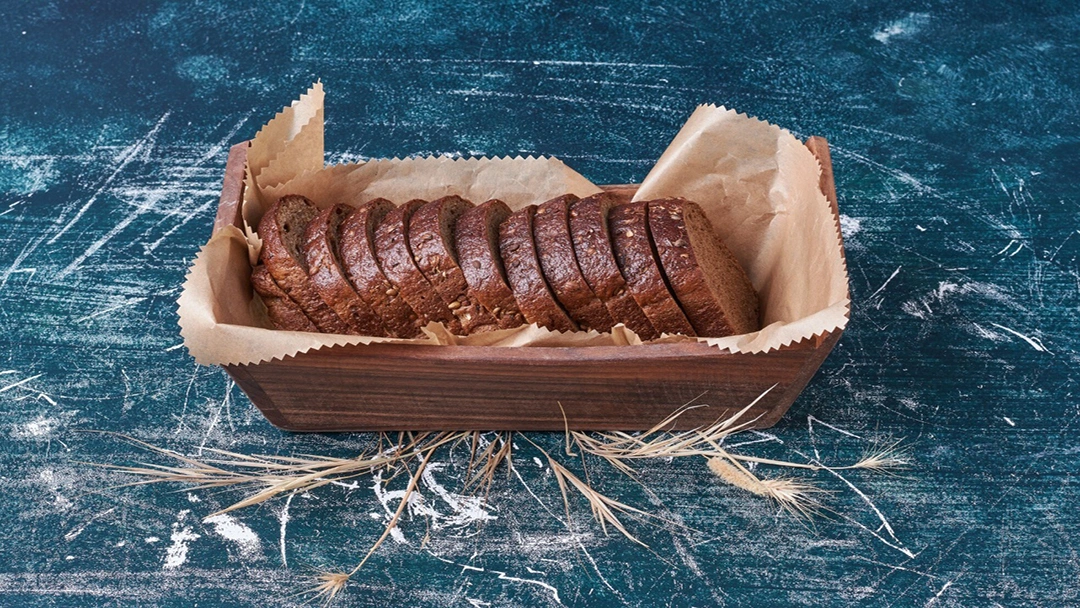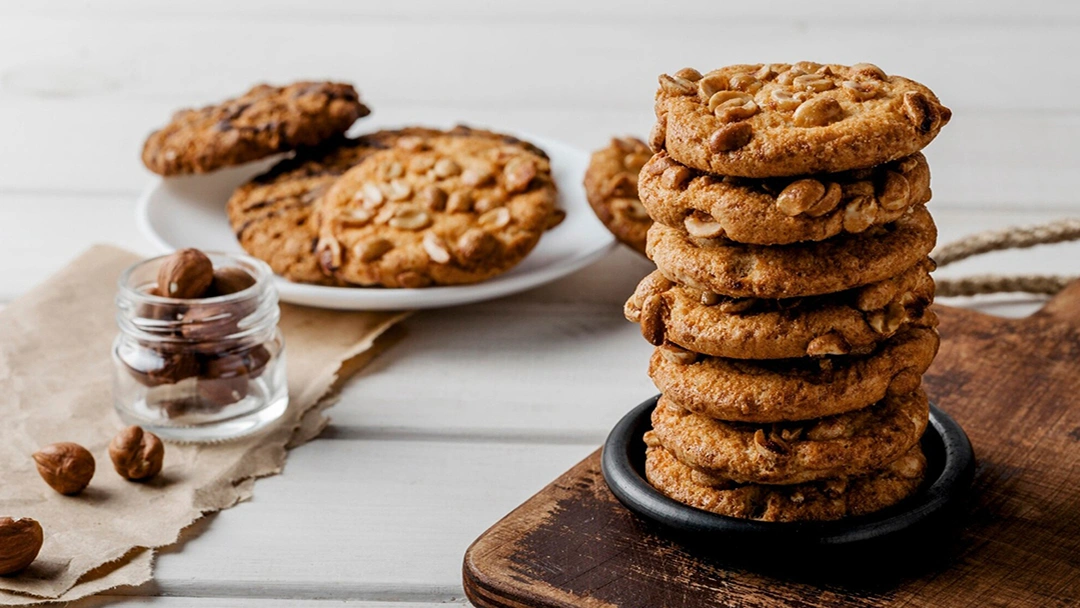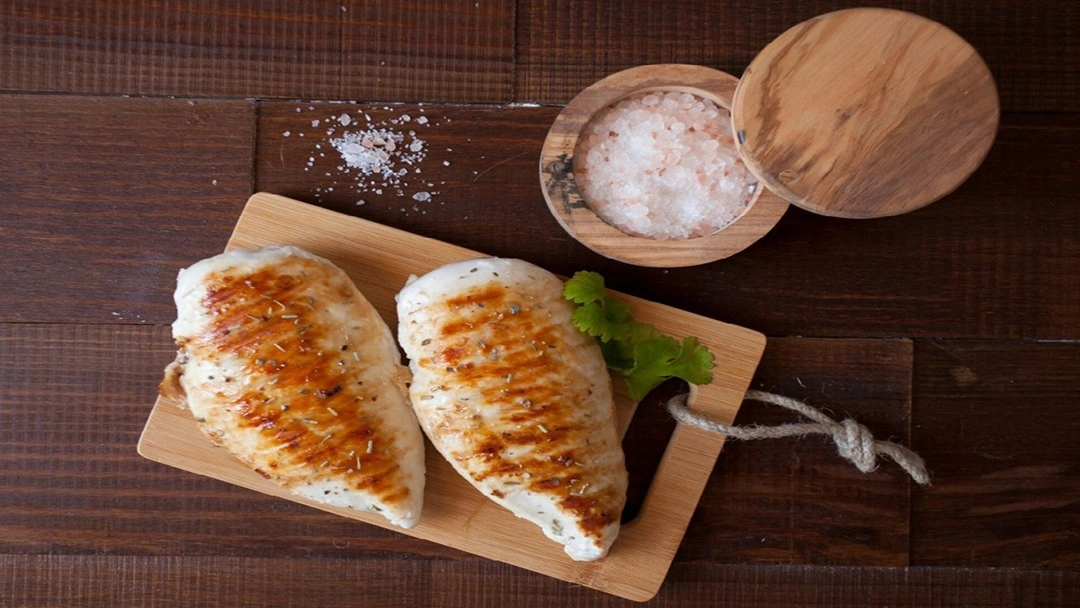Tallow vs. Butter
Tallow and butter are two traditional options that offer distinct flavors and nutritional benefits. Both are natural fats derived from animal sources but differ in composition, uses, and health impacts.
Understanding the differences between tallow and butter can help you choose the right one for your dietary needs and culinary preferences. Let’s compare tallow and butter based on their:
- Cooking Features
- Cultural and Traditional Uses
- Health and Skin Benefits
- Nutrients
- Applications
Check out the best whipped tallow face cream.
Cooking Features
- Tallow has a high smoke point of 400-420°F (204-216°C), so it is a good choice in high-heat cooking applications like frying and roasting. It’s a good option for searing steaks, roasting vegetables, or deep-frying foods where a rich, beefy flavor can enhance the dish.
- Butter has a lower smoke point of 300-350°F (149-177°C), so it is better suited for sautéing and baking at moderate temperatures. It’s good for adding a creamy and slightly sweet flavor to foods like sautéed vegetables, sauces, baked goods, and pastries, where its rich taste can truly shine.
Cultural and Traditional Uses
- Tallow has its origins in various ancient cultures, particularly among European and Indigenous peoples. It was traditionally used as a cooking fat and for making candles and soaps. Indigenous peoples of North America commonly used it in traditional dishes like pemmican and suet puddings in British cuisine.
- Butter has a long history in European, Indian, and Middle Eastern cultures, where it became a key ingredient in cooking and religious rituals. Butter was traditionally churned from cream and used as a cooking fat, spread, and flavor enhancer in foods like bread and pastries. In India, ghee (clarified butter) has been used for centuries in cooking, religious ceremonies, and Ayurvedic medicine.
Health and Skin Benefits
- Tallow is packed with vitamins A, D, E, and K, which boost health by supporting vision, bone strength, and immunity. Its fatty acids, like CLA and omega-3s, offer anti-inflammatory benefits [11]. Tallow is good for the skin because it closely matches our skin’s natural oils, making it a great moisturizer that helps heal and protect, especially for dry skin and eczema [12].
- Butter contains vitamins, especially vitamin A, which supports immunity, vision, and skin health [13]. It includes lauric acid and lecithin, which help with cholesterol and have antimicrobial properties [14]. While butter can soothe and moisturize skin, particularly as ghee, it’s less effective than tallow for skincare since it doesn’t match the skin’s natural oils as well.
Nutrients
- Tallow is higher in calories, with 902 kcal per 100 grams, compared to butter's 717 kcal. This higher calorie content in tallow comes from its higher fat content of 100 grams per 100 grams, whereas butter contains 81.1 grams of fat.
- In terms of fat composition, tallow has slightly more monounsaturated fat (42 grams) compared to butter (21 grams), but butter contains more saturated fat (51 grams) than tallow (50 grams). The higher amount of monounsaturated fat in tallow may be beneficial for heart health. In contrast, the higher saturated fat content in butter may have a more pronounced impact on cholesterol levels.
Applications
- Tallow's high smoke point and stability at room temperature make it highly versatile in cooking at high temperatures without breaking down. Additionally, tallow is used to make candles and soaps. Its solid form and long shelf life make it a popular choice for skin care products, particularly for moisturizing and healing dry or sensitive skin.
- Butter is widely used in cooking and baking due to its rich flavor and creamy texture. Its lower smoke point makes it a good choice for pastries, cookies, and bread. Additionally, butter is often used as a spread or for adding richness to various dishes.
To easily compare tallow and butter, you can take a look at the following table, which shows all the features of these two fat sources.
[cta-shop-products]
| Aspect | Beef Tallow | Butter |
|---|
| Cooking Features |
A higher smoke point makes it great for frying and roasting with a rich, beefy flavor. |
A lower smoke point is best for sautéing and baking with a creamy, slightly sweet flavor. |
| Cultural and Traditional Uses |
Used in ancient cultures for cooking, candles, and soaps. Traditional dishes include pemmican and suet puddings. |
Widely used in European, Indian, and Middle Eastern cooking and baking. Ghee, a form of clarified butter, has been used in India for centuries. |
| Health and Skin Benefits |
Rich in vitamins A, D, E, and K, good for moisturizing and treating dry skin and eczema. |
Contains vitamin A for skin and immunity and lauric acid for cholesterol and antimicrobial benefits. Less effective for skincare than tallow. |
| Nutrients |
902 kcal, 100 g fat (50 g saturated, 42 g monounsaturated, 4 g polyunsaturated); 109 mg cholesterol; no carbs or protein. |
717 kcal, 81.1 g fat (51 g saturated, 21 g monounsaturated, 3 g polyunsaturated); 215 mg cholesterol; small amounts of carbs and protein. |
| Applications |
Used in high-heat cooking, candles, soaps, and skincare products. |
Common in cooking and baking for flavor; used in pastries, cookies, and as a spread. |
So, according to these similarities and differences, which of these two fat sources is a healthier choice?
Learn More: Lard vs. Tallow: How To Use These Fat Sources?
Is Beef Tallow Healthier Than Butter?
So, is beef tallow healthier than butter? We can say beef tallow is healthier than butter in several ways, particularly when it comes to heart health.
Tallow has a higher concentration of monounsaturated fats, which are known for improving cholesterol levels by raising HDL (good) cholesterol and lowering LDL (bad) cholesterol [15] [16]. It makes tallow a better option for reducing the risk of cardiovascular disease.
Conversely, butter contains more saturated fats, which have been linked to higher LDL cholesterol levels and potential heart health concerns [17].
Tallow also has a lower cholesterol content than butter, making it a better choice for those watching their cholesterol intake. This lower cholesterol level in tallow can contribute to better heart health by avoiding the excess dietary cholesterol that butter provides.
Additionally, tallow's fat composition is more stable, which is beneficial for cooking. Its higher monounsaturated fat content and lower polyunsaturated fat levels make it less prone to oxidation, reducing the risk of forming harmful free radicals during high-heat cooking.
Butter tends to oxidize more at high temperatures because of its higher polyunsaturated fat content. This oxidation can lead to the formation of harmful compounds, such as trans fats and free radicals [18].
So, to choose the best fat source, you need to consider your diet’s rules and specifications, especially if you’re on a low-carb, high-fat diet like Carnivore.
Which Is Better For the Carnivore Diet? Butter or Tallow?
Both tallow and butter are suitable for Carnivore Diet meals since they are animal-based fats. However, tallow is generally a better option, as it’s a pure fat source with no carbohydrates, which is ideal for zero or low-carb diets like the Carnivore Diet.
Also, tallow has a higher fat content than butter, which aligns perfectly with the diet's focus on high fat intake and helps meet energy needs and maintain satiety, which helps decrease caloric intake and lose weight.
While you can have butter in a Carnivore Diet, its small carbohydrate content may not be ideal for those following a strict Carnivore Diet, which completely omits Carbohydrate intake.
Therefore, while both fats can be used in a Carnivore Diet, tallow is often preferred for its zero-carb content and greater fat proportion.
[cta-shop-products]
Conclusion
Is beef tallow healthier than butter? Yes, beef tallow is generally a healthier choice than butter due to its higher monounsaturated fats, which support heart health, and its lower cholesterol content.
However, it's important to consult a healthcare professional to ensure you're choosing the right fats for your diet and to confirm you're not allergic to them.






























